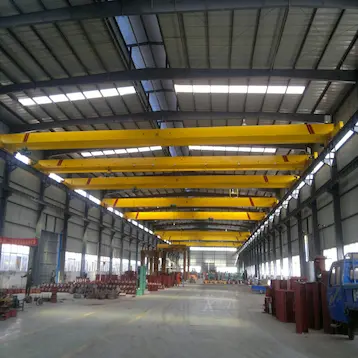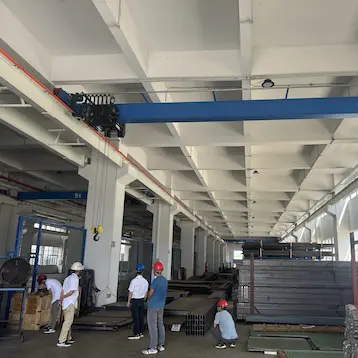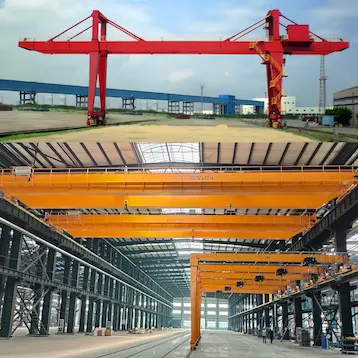Blog
- Home
- Blog
Selecting Crane Guide Rails: A Comprehensive Decision-Making Framework
Crane guide rails serve as the operational backbone of overhead lifting systems, directly influencing performance metrics such as load stability, energy efficiency, and long-term maintenance costs. This technical guide outlines critical parameters for optimizing rail selection to align with specific operational demands.
1. Operational Requirement Analysis
Initiate the selection process by defining these core parameters:
1.1 Load Profile
- Maximum Static/Dynamic Load: Calculate combined weights including payload, trolley, and hook assembly.
- Safety Margin: Incorporate a 25-30% safety factor beyond nominal capacity for shock loads.
1.2 Environmental Factors
- Corrosion Potential: Evaluate exposure to saltwater, chemicals, or high humidity (≥80% RH).
- Temperature Extremes: Identify operating ranges (-40°C to +120°C thresholds).
- Contaminant Exposure: Assess dust, metal particulates, or abrasive materials.
1.3 Motion Dynamics
- Travel Speed: Determine linear velocity requirements (0.1-2.0 m/s typical).
- Positioning Accuracy: Specify tolerance levels (±0.5mm to ±5mm).
1.4 Rail Configuration
- Type Selection Matrix:
Application Recommended Rail Type Heavy-duty continuous use Box-section steel rails Precision positioning Ground linear motion guides Corrosive environments Stainless steel roller tracks
2. Performance Benchmarking Criteria
2.1 Material Engineering
- Carbon Steel Rails: Cost-effective for general industrial use (ISO 630 standards).
- Stainless Steel (316L): Marine/chemical resistance with 90+ Rockwell B hardness.
- Aluminum Alloys: Lightweight solutions for low-capacity systems (≤10t).
2.2 Surface Enhancement
- Hard Chrome Plating: 0.05-0.1mm thickness for wear resistance.
- Electroless Nickel Coating: Uniform 5-10μm layer for chemical protection.
- Lubrication Channels: Integrated grease grooves for automated maintenance.
2.3 Geometric Specifications
- Profile Tolerance: ≤0.1mm/m straightness deviation.
- Joint Alignment: Seamless welding/bolting with ≤0.3mm mismatch.
2.4 Noise/Vibration Control
- Damping Coefficient: ≥0.15 for vibration-sensitive environments.
- Roller Bearing Noise: Maintain <75 dB(A) at 1m distance.
3. Safety and Compliance Protocols
3.1 Certification Requirements
- Global Standards:
- ISO 8525 (Crane rail dimensions)
- EN 15011 (Structural integrity)
- OSHA 1910.179 (US compliance)
3.2 Fatigue Life Calculation
- Apply Miner’s Rule: ∑(n_i/N_i) ≤ 1 for 20-year service life.
- Minimum safety factor: 4:1 for critical load paths.
3.3 Maintenance Accessibility
- Modular rail sections for localized replacement.
- Integrated wear indicators (laser-etched markers).
4. Cost Optimization Strategy
4.1 Lifecycle Cost Modeling
| Cost Component | Rail Type A | Rail Type B |
|---|---|---|
| Initial Installation | $12,000 | $18,000 |
| Annual Maintenance | $2,500 | $1,200 |
| 10-Year Total | $37,000 | $30,000 |
4.2 Vendor Evaluation
- Minimum 5-year warranty coverage.
- Third-party material certification (SGS/BV).
- On-site technical support availability.
Implementation Checklist
- Conduct FEA simulation for load distribution.
- Verify rail foundation flatness (≤2mm/10m).
- Perform trial runs with 110% rated load.
- Establish predictive maintenance schedule.
By systematically evaluating these technical and economic factors, engineering teams can specify crane guide rail systems that achieve optimal balance between performance longevity and operational expenditure. Consulting with certified crane system engineers during the design phase is strongly recommended to address application-specific challenges.
Recent Post


